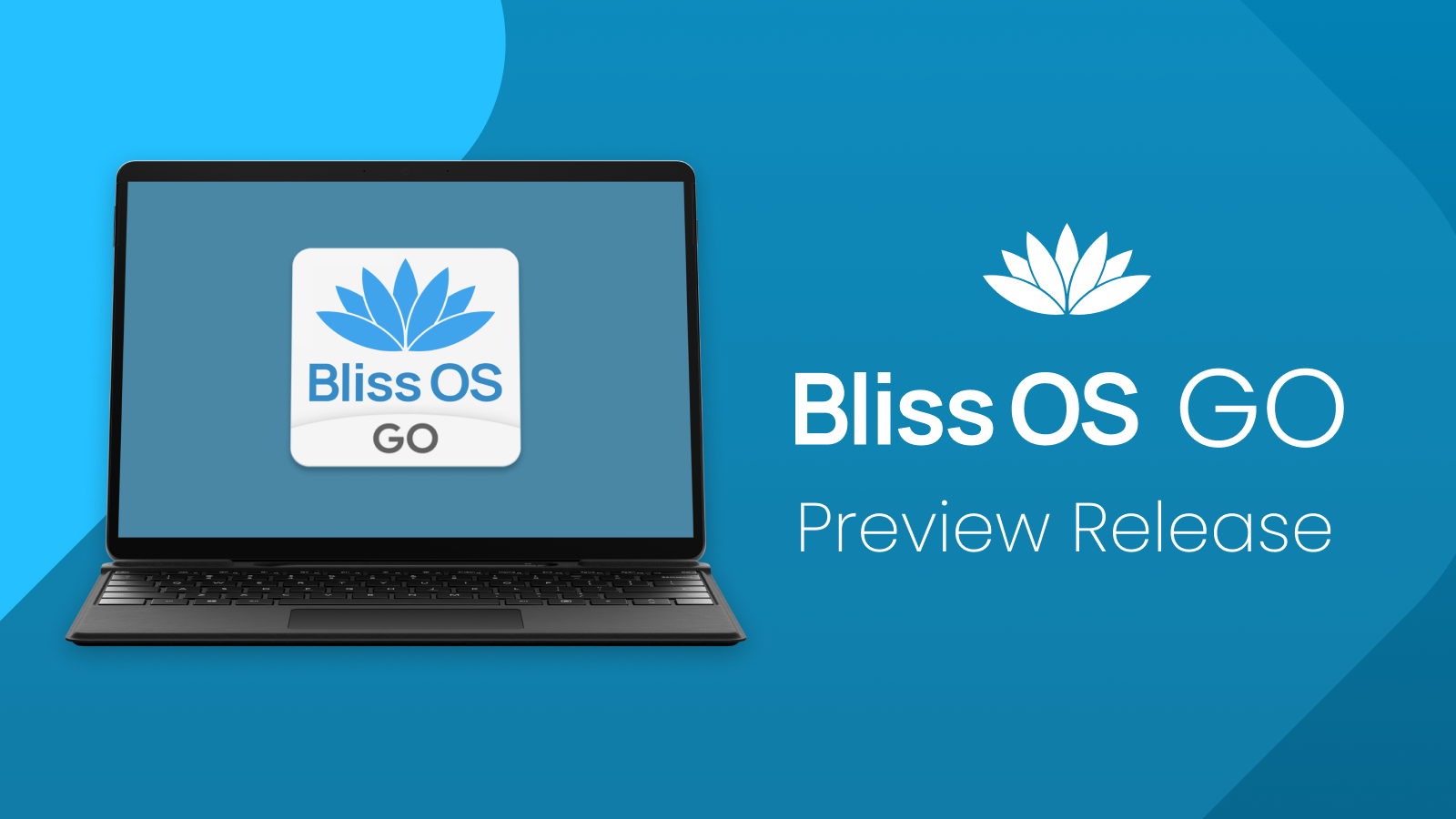This will be a new addition to the Bliss OS lineup, featuring a number of advancements to running Android on PC hardware. These builds bring the manageability of a full blown Linux distro, along with an Android side for usability and compatibility. It also features a QEMU based Bliss OS session to help with configuration along side Linux, and Bliss OS specific grub menu options to allow the Android side to boot on bare-metal, taking full advantage of the hardware.
Features:
Based on Xubuntu 22.04.x LTS
Stripped of Snap and other Ubuntu apps/telemetry
Includes Ubuntu expanded hardware support drivers
QEMU based Bliss OS session
Bliss OS grub menu options (for running on bare-metal hardware)
Includes basic update and management scripts for Android side
Lots more, but we are just getting started…
Download the preview:
https://mega.nz/file/rxgg2CIa#Xe54bBwyrrYZUnawkktKKxnJm9KqHSRPhrud7oXfqaU
Live Boot Info:
User: Live
Password: evolution
Step 1:
Live boot (boots to xfce4)
Step 2:
Run installer (last step shows pop-up to specify data.img size), Done.
Step 3:
Reboot (hitting esc once when rebooting to show Grub menu, and select Bliss OS, or xubuntu)
Notes:
Autologin is enabled, will launch last loaded session choice from Login screen
